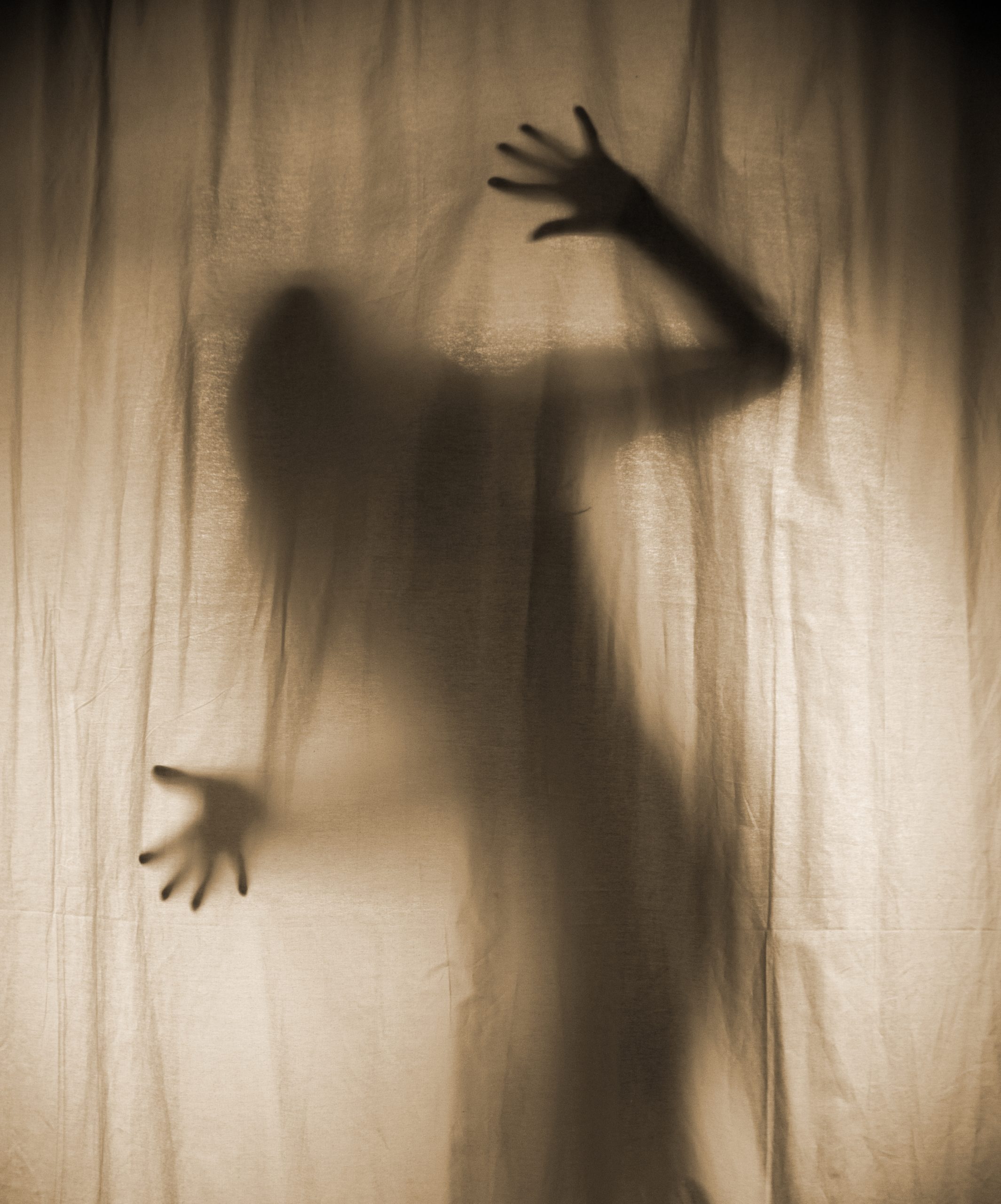
Beginning as a mostly audio-only, internet-only offshoot of the found footage horror subgenre, Analog Horror first began emerging and growing as a subgenre in the early 2010s. The majority of Analog Horror often consist of blurry images and fuzzy audio.
Little to no context is given to the watchers of these videos, and instead, speculation and theorizing are encouraged are the video’s comment section.
Adjacent to other forms of online horror and urban legends, such as the SCP Foundation and blurry pictures of Bigfoot, Analog Horror works in the realms of plausible deniability or even alternate history.
The bizarre nature of many videos or series in the subgenre all work towards establishing an unsettling tone through a gradual build-up of tension.
Like any other visual medium, presentation is everything for good Analog Horror. The suspension of disbelief is an integral part of enjoying Analog Horror.
Being a genre primarily populated by independent creators, often, videos must resort to creative tricks or minimal CGI. Found footage is the most common form of delivery for Analog Horror and lends itself nicely to the lower budget of many creators.
Several series currently running display some of the best qualities of Analog Horror and do so with incredible skill. “The Backrooms” by Kane Pixels shows a practical and short example of what good Analog Horror looks like.
Bizarre, disorienting and unsettling, “The Backrooms” does a lot with a little. The lingering shots of empty rooms and repeating hallways keep watchers on edge, and the rest of the short series does little to explain what is going on.
While it is a short series overall, “The Backrooms” is a relatively digestible and compelling story. It features a nameless cameraman falling into the Backrooms by chance and documents his bizarre time there.
The titular backrooms appear to be an infinitely repeating series of similar-looking dingy rooms that someone can rarely escape. The series’ creators are currently expanding on the show, giving further background to what people see in the initial video.
Another series that provides a fascinating and downright unsettling form of Analog Horror is “The Mandela Catalogue” by Alex Kister. A series that pretends to be a group covering a series of bizarre events in a fictional Mandela County, “The Mandela Catalogue” is one of the strangest and unsettling pieces of Analog Horror.
More direct than many other series, “The Mandela Catalogue” seeks to make viewers uncomfortable using strange biblical allusions and imagery. Alongside the religious references, the paranormal danger of the series feels outright malicious and predatory.
The brief recordings of the victims throughout the county of Mandela introduce the series as depicting the ordinary routine of normal people before quickly descending into fear and paranoia.
Although occasionally stiff, the acting in these brief glimpses of the world pair well with the federal warnings and advisories that play between the incidents. The overall worldbuilding of the series gives just enough to retain interest while leaving enough mystery to fuel rampant speculation.
A series that focuses entirely on worldbuilding is the “Monument Mythos” series by ALEXKANSAS. A series that dives completely into alternate history, “Monument Mythos” is a tangled web of conspiracies and lies that span the globe.
Presenting itself as the findings of a lone investigator, “The Mandela Catalog” creates a fascinating narrative regarding the existence of supernatural threats to the world.
Beginning with shorter videos showing isolated incidents, “Monument Mythos” manages to tie many of them together in remarkable ways as the story progresses and gets more complicated.
One episode may only focus on President Deans, an enigmatic man that seems to be hiding something despite his overwhelming charm. Another may focus on the discovering the body of a man that claims to be George Washington frozen in a Delaware River.
The fascinating thing about “Monument Mythos” is that it manages to connect these two things through a complex timeline.
Analog Horror is an exciting subgenre that provides independent filmmakers an avenue to explore bizarre and exciting concepts. Without the pressure of conforming to the conventions of typical horror, these series can create compelling stories.
